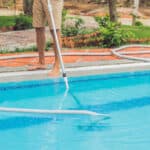Pools are great on a hot afternoon, but they can be a source of anxiety whenever they’re not in use.
It doesn’t take much for a pool to become a source of danger for people and animals alike, which is why New York State has laws in place to ensure that pool owners do all they can to make their pools as safe as possible.
Barriers, alarms, and other pool security devices are the best ways to comply with these laws and keep the unthinkable from happening.
What pool safety equipment does New York State require?
Swimming pool safety requirements are spelled out in the Uniform Fire Prevention and Building Code. The code itself explicitly spells out the regulations, but here’s a summary:
- Every pool installed after December 2006 must come with a pool alarm capable of detecting when someone enters the water and giving an audible tone. This alarm must be able to detect if the pool has been breached from any point and must be audible both poolside and in another location on the premises.
- Pools must be completely surrounded by a barrier. This barrier must be at least 48″ (4 feet) in height.
- If a building wall makes up part of this barrier, additional requirements apply. Any door from that wall to the pool must be equipped with an alarm, self-closing and self-latching devices, or other safety measures. Alternatively, the pool must be equipped with a powered safety cover.
- Above-ground pools must also have a barrier. This can be mounted either on the ground or on the edge of the pool. If it’s at the edge of the pool, any gap between the top of the pool and the bottom of the barrier must be no larger than 4″.
- Suction outlets must be designed to prevent entrapment.
What pool alarm should I choose?
Pool alarms can alert you when someone has either breached the barrier or entered the water. New York State regulations require that your pool have a water alarm, but some people like to have a fence alarm for additional peace of mind.
Pool-mounted infrared detectors sound a loud alarm when something larger than 15 pounds enters the water. This keeps it from sounding false alarms when leaves, sticks, or other debris fall in, but will definitely alert you if an animal or child does.
Their only downside is that, since they are installed on the pool itself, they will only tell you when something is in immediate danger of drowning.
Underwater motion sensors are another option. Unlike infrared detectors, they use a sonar grid to detect movement.
They are always on and need to be disarmed before using the pool. Like infrared detectors, they only sound when there has been a breach, so you’ll have to act immediately.
Floating motion sensors are devices that sit on the water. They measure water displacement and disturbance, sounding an alarm when splashes happen.
Unfortunately, they are less selective than infrared or sonar detectors. Wind, branches, and other disturbances can trigger a false alarm.
How about pool fences?
Fences are the most effective way to keep small children from falling into a pool.
New York State regulations require fences to surround a pool on all four sides and be at least 48″ in height.
Even if the pool isn’t finished, it needs to be surrounded by some kind of barrier.
These generally come in two types:
Permanent pool fences are installed around the pool and are unable to be moved. Ideally, the fence shouldn’t be climbable, and any gaps should be less than 4″.
Gates should be self-closing and latch automatically, and any latches should be 54″ from the ground.
This keeps the gate from being accidentally left open or blowing open in the wind and ensures that small children can’t operate the latch themselves.
Temporary fences should meet the same requirements as permanent fences, the only difference is that they can be dismantled and moved.
What about pool covers?
Pool covers serve a dual purpose. All of them protect the water from leaves, insects, sticks, and other falling debris.
But they also serve as a visual deterrent to keep small children or animals from entering the pool.
Only certain covers work as a physical barrier. Any pool cover should be labeled as ASTM certified to ensure that it meets international safety guidelines.
Powered pool covers are rigid, seal the pool off on all sides, and support a lot of weight. If an animal or small child breaches a barrier, they will be unable to reach the water.
Floating pool covers can protect a pool from debris and help save on energy costs but may actually make it more dangerous.
They look solid at first glance but are unable to support any weight and can make it harder for a struggling child or animal to get out of the water again.
Net pool covers can help catch sticks and large debris but won’t keep leaves out. Unlike floating pool covers, they should have enough tension to keep a small child or animal from falling into the water.
Unfortunately, their shape makes it easy to trap an arm or leg.
Pools are a lot of fun, but they come with a lot of responsibility. Even if you don’t live with small children or animals, tragedy can strike.
These barriers, alarms, and pool covers can help you stay compliant with New York State law, and make sure your pool stays safe for everyone.


